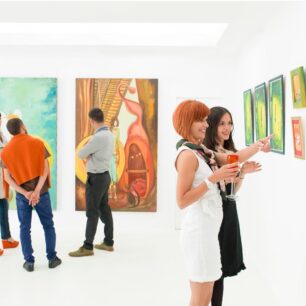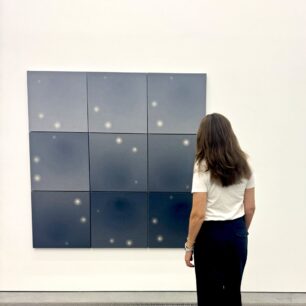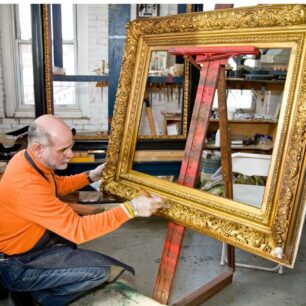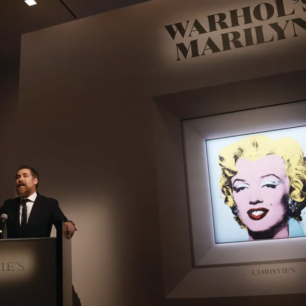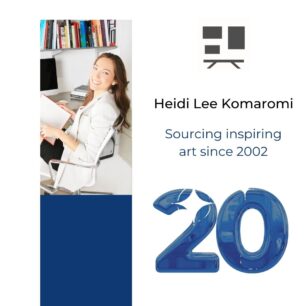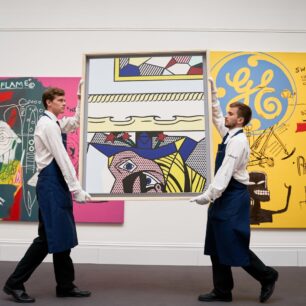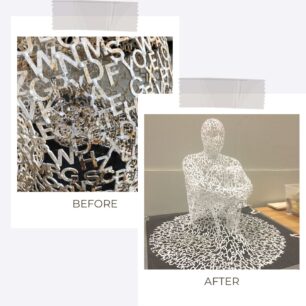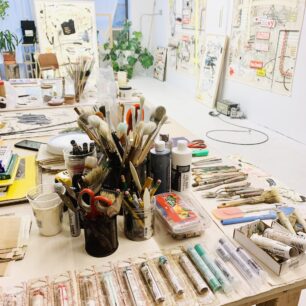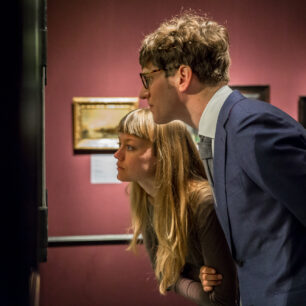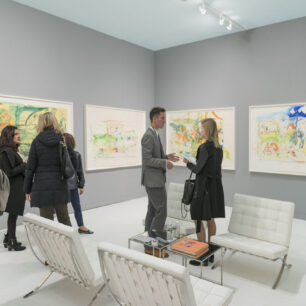Curating contemporary art is both an art and a science, requiring vision, meticulous planning, and a deep understanding of the cultural pulse. It involves a well-considered blend of creativity, research, and organizational skills. Whether you’re a private collector or an institution, expert guidance can elevate your collection to new heights. Check out HLK’s ‘10 Essential Steps to Masterfully Curate Art for Your Home, Office, or One-of-a-Kind Space‘ below to learn more!
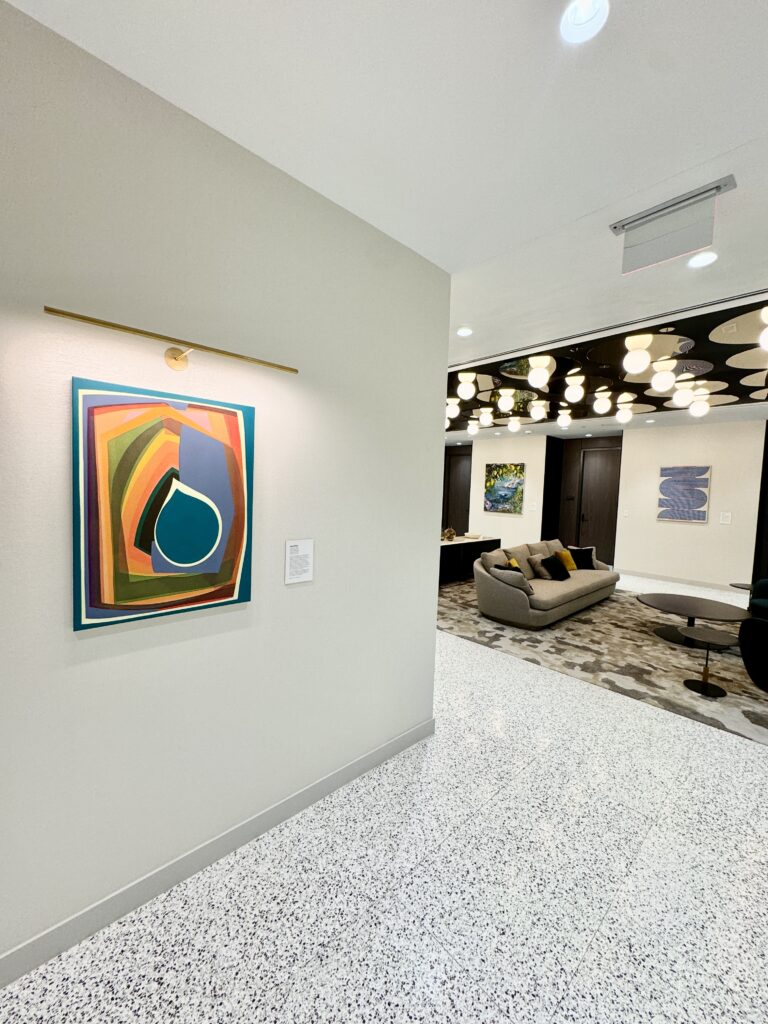
1. Develop a Clear Concept or Theme: Choose a central idea or theme that connects the art and gives the exhibition a cohesive narrative. In our most recent project, we also ensured the themes resonated with contemporary cultural, social, or political issues.
2. Research Extensively: Familiarize yourself with emerging and established artists whose works align with your theme. Stay current with the latest trends in the art world to maintain relevance. Most importantly, understand your audience’s interests and expectations around art.
3. Understand the Artists: Actively build relationships with living artists and familiarize yourself with their creative processes and intentions to ensure their work aligns with the curatorial vision.
4. Create a Balanced Selection: Include a variety of mediums, perspectives, and backgrounds to enrich the exhibition. Plan out how each work will occupy and interact with the space, ensuring no piece overwhelms or overshadows others.
5. Engage the Viewer: Consider incorporating interactive elements or works that invite audience participation, if appropriate. For storytelling, you can use captions, labels, or multimedia aids to explain the context and significance of each work. We added wall labels with text and QR codes!
7. Focus on Logistics: Optimize the layout for flow and interaction throughout the curation, ensuring the artwork is well lit and displayed to enhance its visual impact.
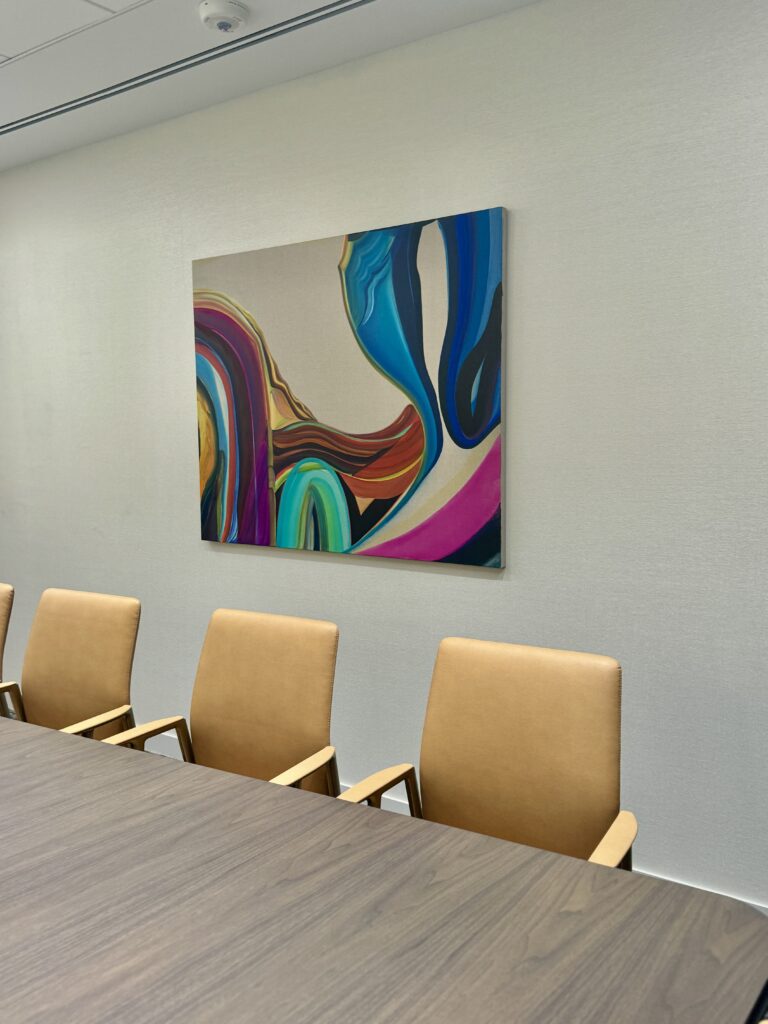
8. Engage with the Community: Why not take it further and host artist talks, panel discussions, or even a workshop to deepen engagement with the art? Consider collaborating with community groups or local institutions to create a broader appeal.
9. Document the Exhibition: Create high-quality documentation for archival and promotional purposes, encourage reviews, and gather visitor feedback for future improvements.
10. Stay Flexible: Be ready to adjust plans based on unforeseen challenges, like installation issues or reactions from the public, and remain receptive to new ideas and interpretations throughout the curatorial process.
For professional advice and support in bringing your curatorial vision to life, contact Heidi Lee-Komaromi at heidi@hlkartgroup.com.
Heidi Lee-Komaromi is a reputable art advisor known for her expertise and dedication to excellence. HLK Art Group can help you take the next step in expanding your art collection and creating a compelling and unforgettable art experience.



